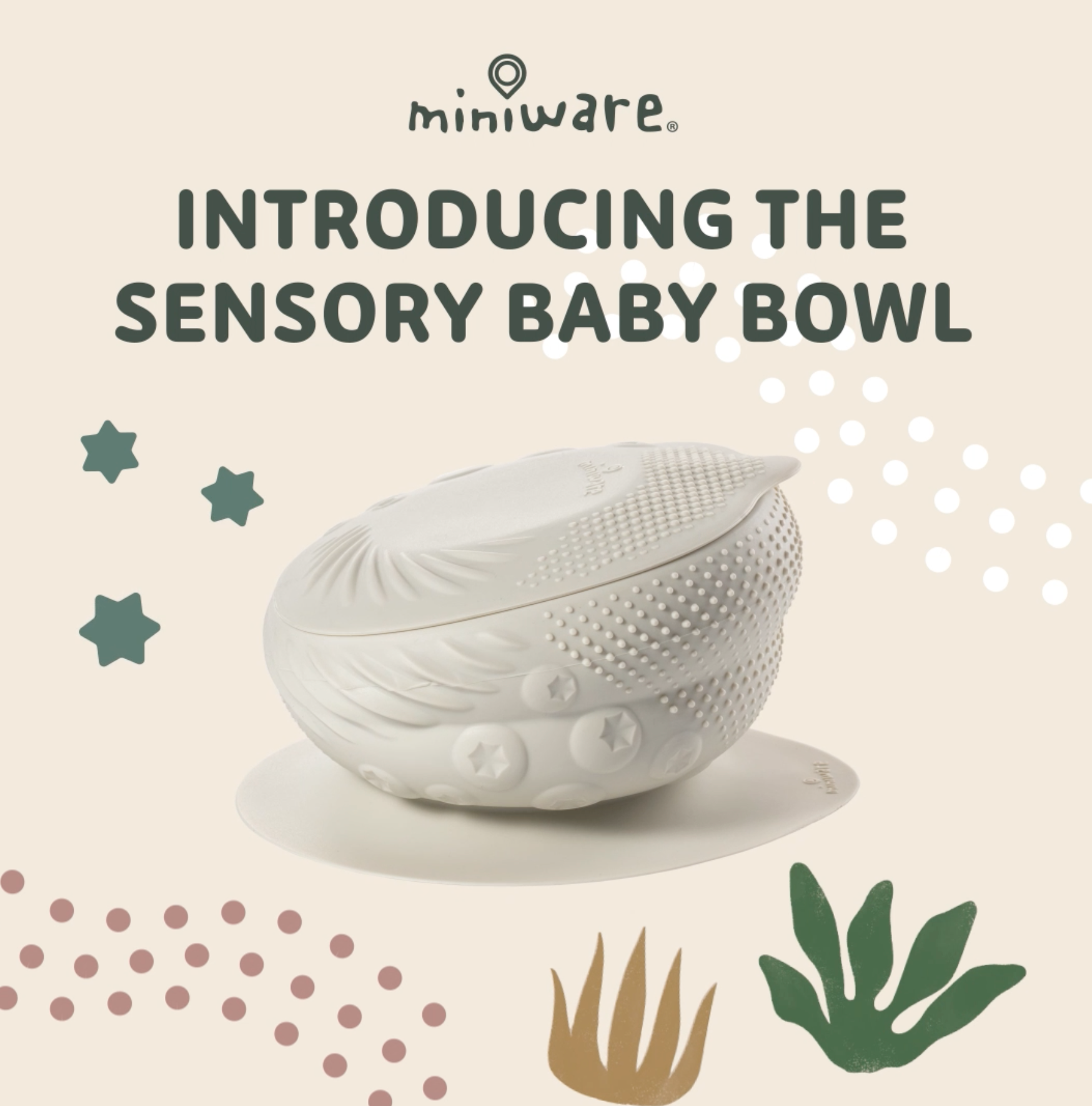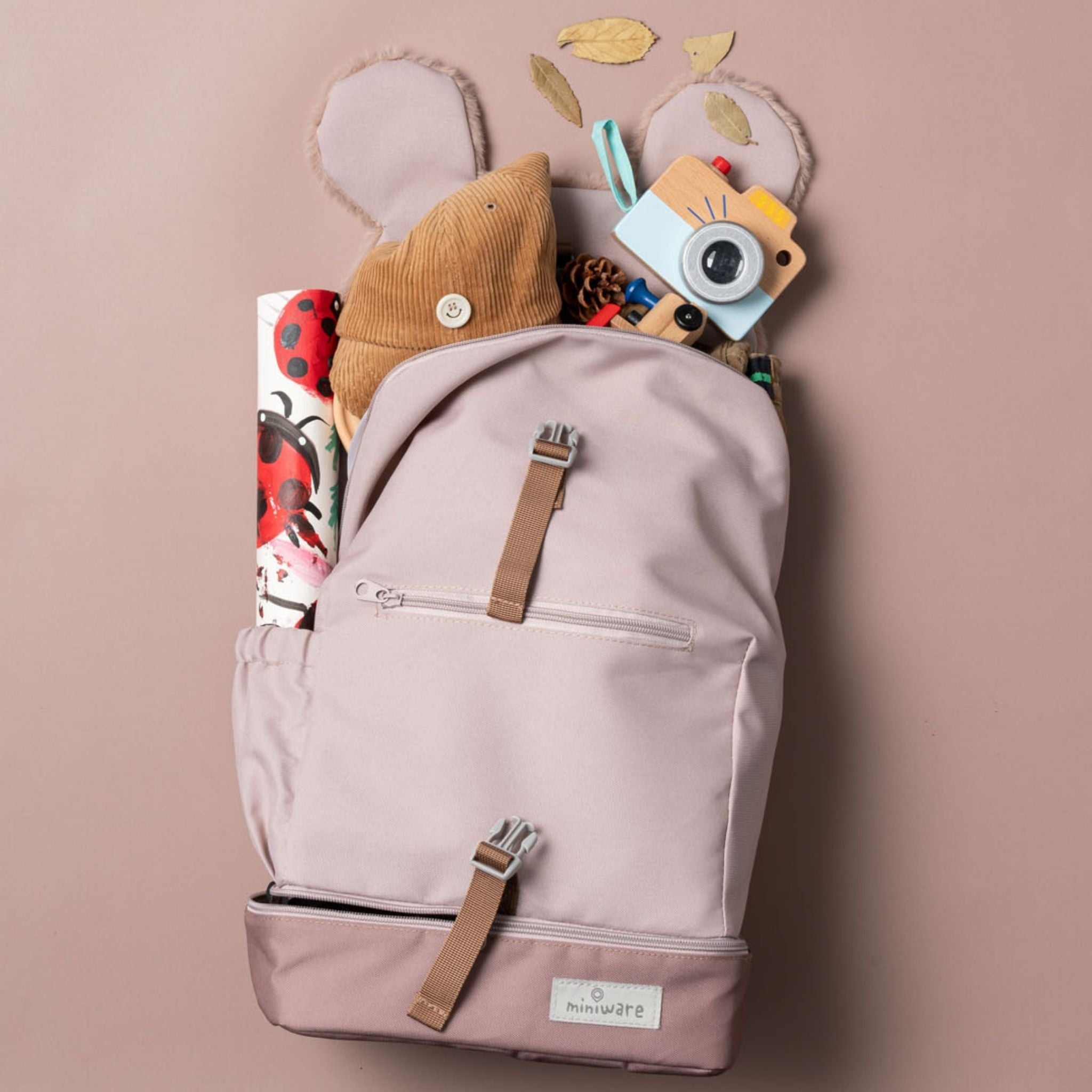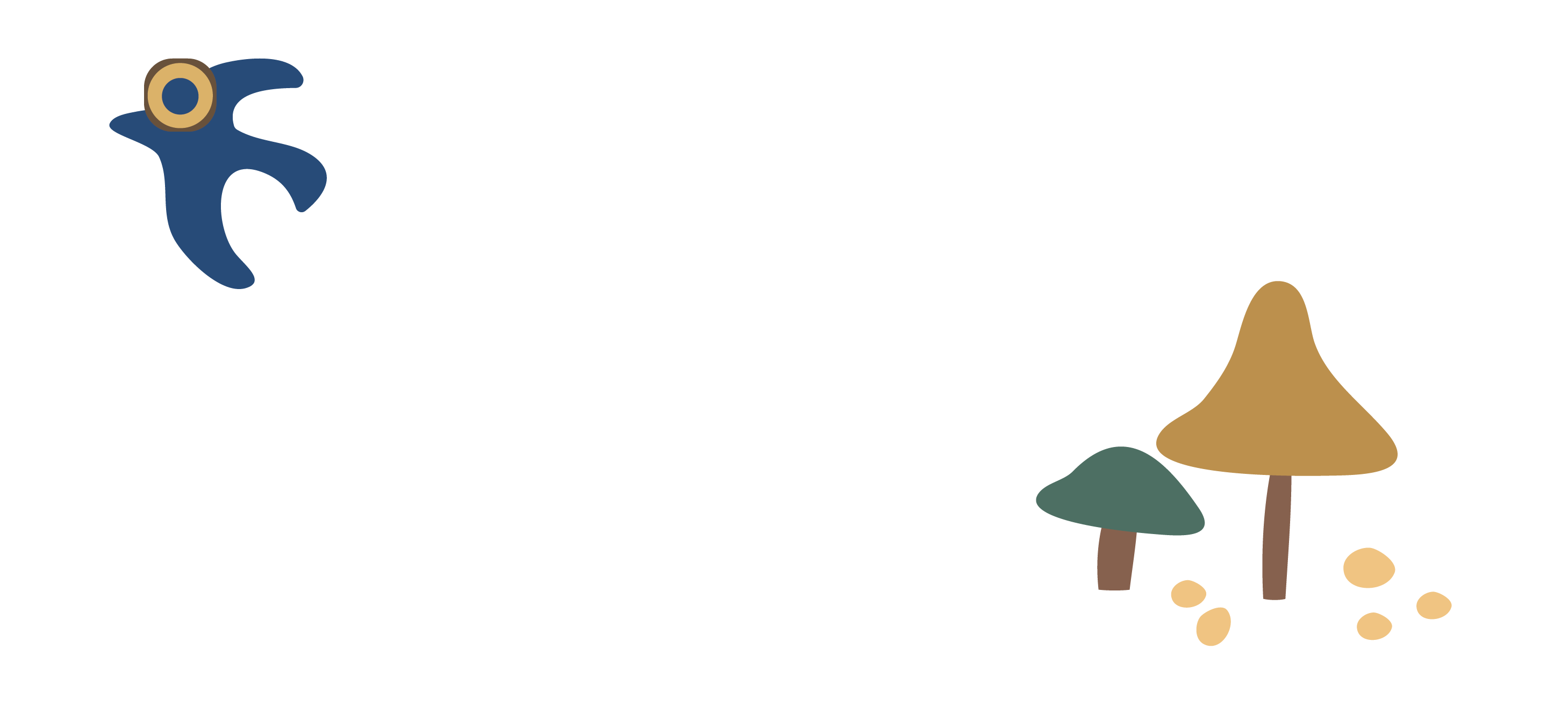How Color Affects Your Baby
When it comes to decorating and designing for babies, color can have a profound effect. It’s a common misconception that babies need bold, highly contrasting colors to recognize shapes and be mentally stimulated, such as black-and-white or primary colors. However, the psychology of color shows that certain hues can affect our moods and even our behavior. For example, advertisers know that red stimulates the appetite, so you’ll often see logos and advertisements for food brands rich in this color. Red is an energizing color so needless to say it’s not a good overall choice for a nursery or toddler’s room! What babies and young children need is a soothing sense of security and calming atmosphere in which to grow and learn.
Miniware’s Swedish lead designer Adam Bonnier follows Scandinavian design theory which integrates children’s spaces and playthings into main living areas and creates harmonious spaces through modern design and the use of soft and light colors.
You can see a beautiful example here in this house from the Swedish Design Museum’s Home Viewing Exhibition.
Dishware is more than just a surface upon which to eat food. Its secondary function, a very important one, is to attractively frame and enhance the beauty of our meals. Our collection of Miniware celebrates the clean, modern style of Swedish design and its muted color palette. We selected colors that would be pleasing for baby and non-distracting, so they can focus on food at mealtime, not tableware. Bright colors are over-stimulating and eating should be done in a calm environment. Since color affects your baby’s mood, we chose kid-friendly hues created from all-natural pigments to keep them happy, calm and healthy.
Beautiful Backdrops
We selected four serene support colors as the basis of our tableware. Each color provides a lovely background for food, increasing plate-appeal without over-stimulating babies and young children.
White is a popular dishware color because it provides a perfect backdrop for beautiful food platings. Our Sandy Stone is a softer, more calming version of this classic dish color.
Natural Bamboo is a light earth tone that creates a canvas for food, selected for its grounding effect
Nordic Lake evokes the calming effect of water while making food look delicious.
Beautiful Cherry Blossom plates and bowls are both pleasing to the eye and mood. Many people find pastel pink soothing as well as joyous.
Fun Colors That Soothe
While our Miniware basics adhere to the guidelines above, our accessories come in an array of playful pastel colors that bring a joyful feeling to the table. Delightfully happy colors that kids love like peach, lavender, pink and aqua make both design and baby’s food pop. Everything works together for a lovely, peaceful and harmonious table setting.
When it comes to sleeping and eating, a calm, peaceful environment is best. By selecting soothing colors, you can help foster certain moods in your kids. Bright, energetic colors are best for the playroom while muted pastel colors encourage a low-key, harmonious experience. Of course, color preferences don’t apply to everyone. By taking a moment to observe how different colors affect your baby, you can better use color theory to set the desired mood in all of baby’s spaces.
Want another peek into beautiful and stylish Swedish homes? Check out this amazing online gallery from the Swedish Design Museum and see modern design and color theory at work!
What colors do your kids love? Have you noticed how color affects your baby? Share your experience on our Instagram!











